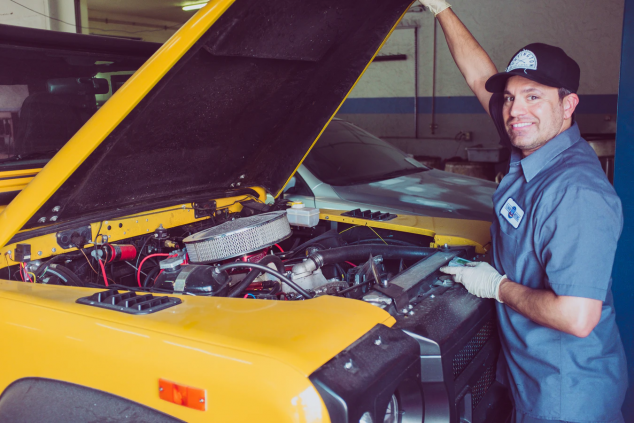It didn’t take long for OBD scanners to become a crucial tool in many modern vehicles. On-board diagnostics are a set of controls and parameters embedded in different important mechanical systems like fuel injection, exhaust expulsion, ignition, transmission, and many other functions. Almost all vehicles now have OBD systems put in place to make the discovery and identifying problems easier. The main issue you can face is that sometimes the codes aren’t that easy to decipher. OBD scanners will help save you the time and effort it will take to become an expert on car diagnostics and repair or trips to the nearest mechanic. Scanners are a bit costly when compared to code readers that simply give you error codes thanks to their ability to actually provide descriptions to error codes and can sometimes do automatic repairs for minor issues.
We’ll be giving you our pro tips that should help you set up an OBD scanner.
Setting it up
A scanner is connected to the OBD 2 system of the car using a data link connector (DLC) is a multi-pin connection that allows diagnostic scanner tools to get access to the control modules provided by the OBD. Scanners can be variable and depending on the manufacturer’s build, you may need to set up according to the provided instructions. Advanced modules that provide complex software infrastructure usually require a software update before being installed. Before installation, always ensure that the engine is off while the ignition is on.
Understanding codes
Modern and expensive OBD 2 scanners have the ability to provide you with a lot of conveniences when it comes to understanding codes. Unfortunately, old models may not be as descriptive and intuitive as the modern models, but this still doesn’t mean that understanding codes is that difficult. The system may look complex but it’s built on very simple foundations. As broken down by https://obd2pros.com/dtc-codes/, the first letter usually identifies the system where the problem lies. The second one is a digit that identifies whether the problem is manufacturer-specific or a generic one. If it’s 1, that means that it only applies to specific vehicles.
Ignition
Putting the key in the ignition mode after installing the OBD 2 scanner is essential. If the installation was done successfully, turning the ignition should be the scanner’s cue to indicate that it is now connected to your vehicle. Most scanners will ask you to input your vehicle identification number as it helps in code cross-referencing.
Scanning
Before you’re able to use the scanner effectively, you need to provide it with input to help it engage the diagnostic protocols. After the scan is done, the scanner will provide you with a list of codes, and depending on the scanner itself, a description sometimes is provided. Every code has a standard structure that translates into a specific problem in the vehicle. Codes are also designed to imply how big a problem is and whether it’s an urgent one or not.

Wireless scanners
While the technology is relatively new in the industry of OBD 2 scanners, it’s quite convenient. You’ll find some scanners that are designed to use Wi-Fi to connect to the onboard diagnostic system. This scanner may only work with newer models, so Bluetooth scanners are more common in the market instead.
Your OBD 2 scanner has a learning curve just like anything that helps you save effort, time, and money. You may be dazzled at first with all the technical terms and codes, but once you get the hang of it, you’ll be able to troubleshoot and handle a lot of issues. It will be hard to be ripped-off by auto shops when you know exactly what the problem is.

